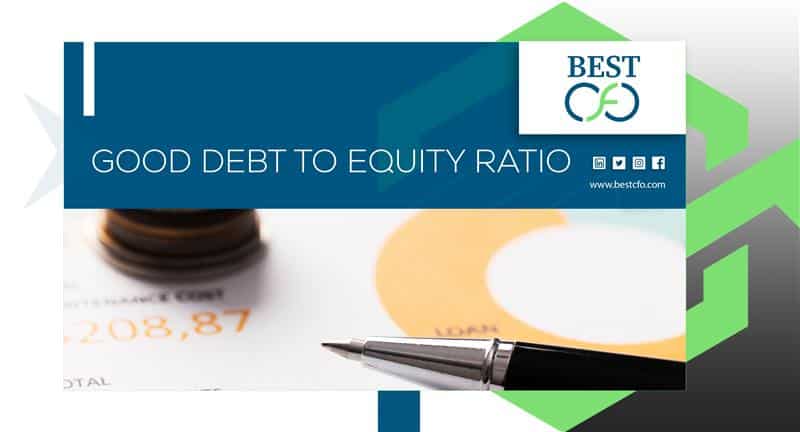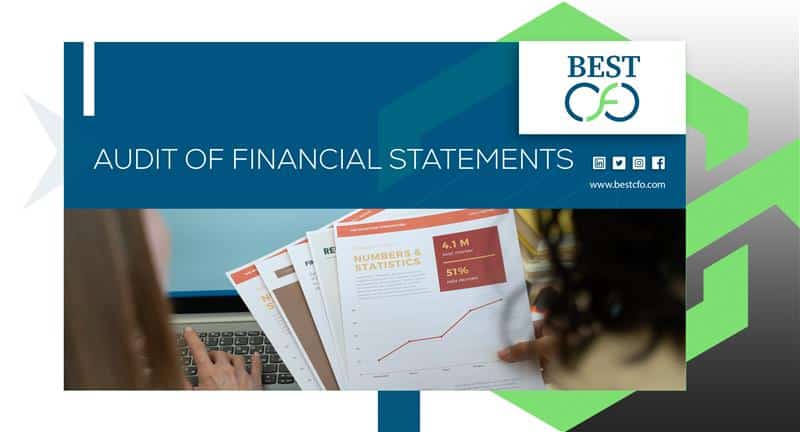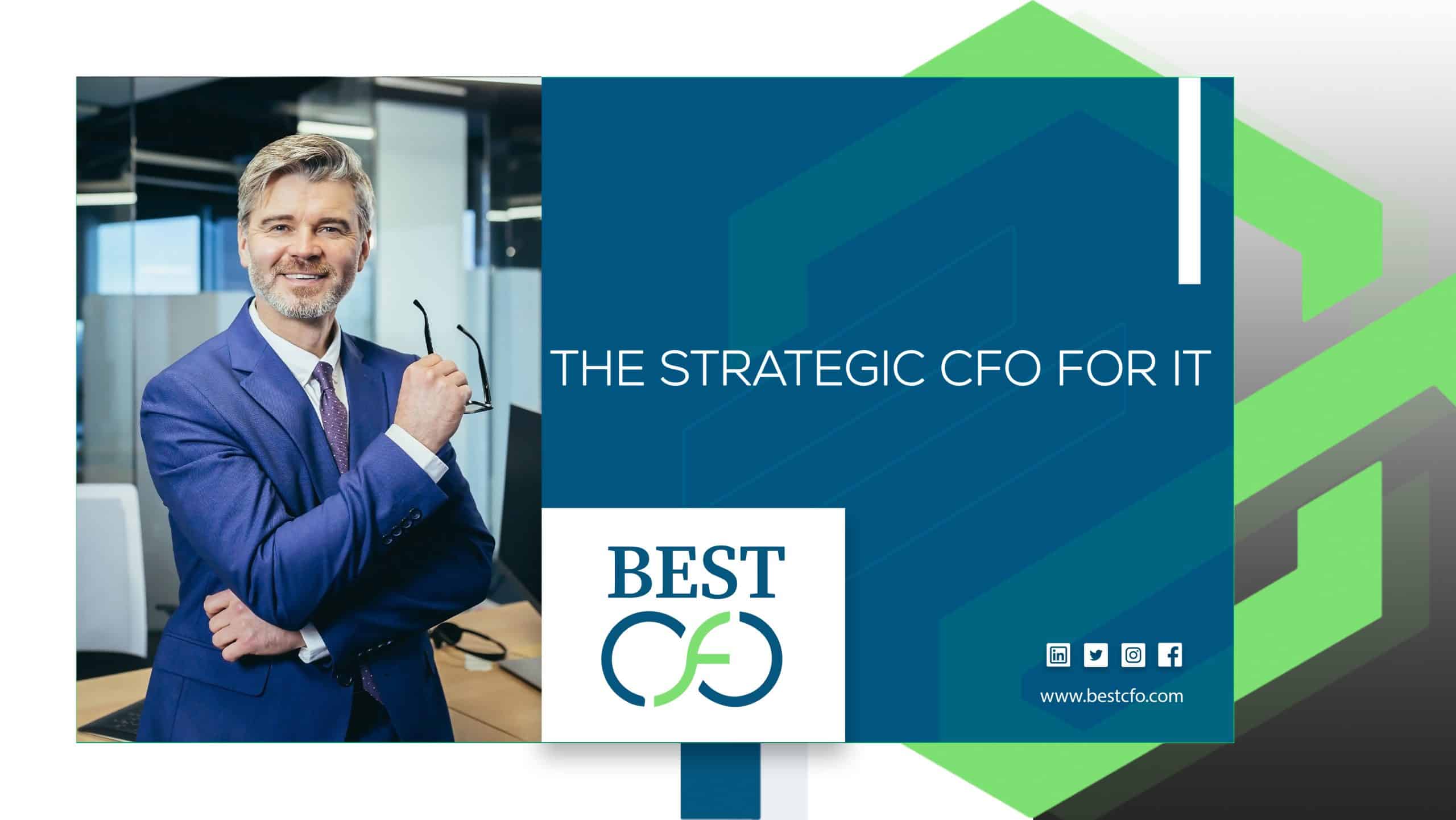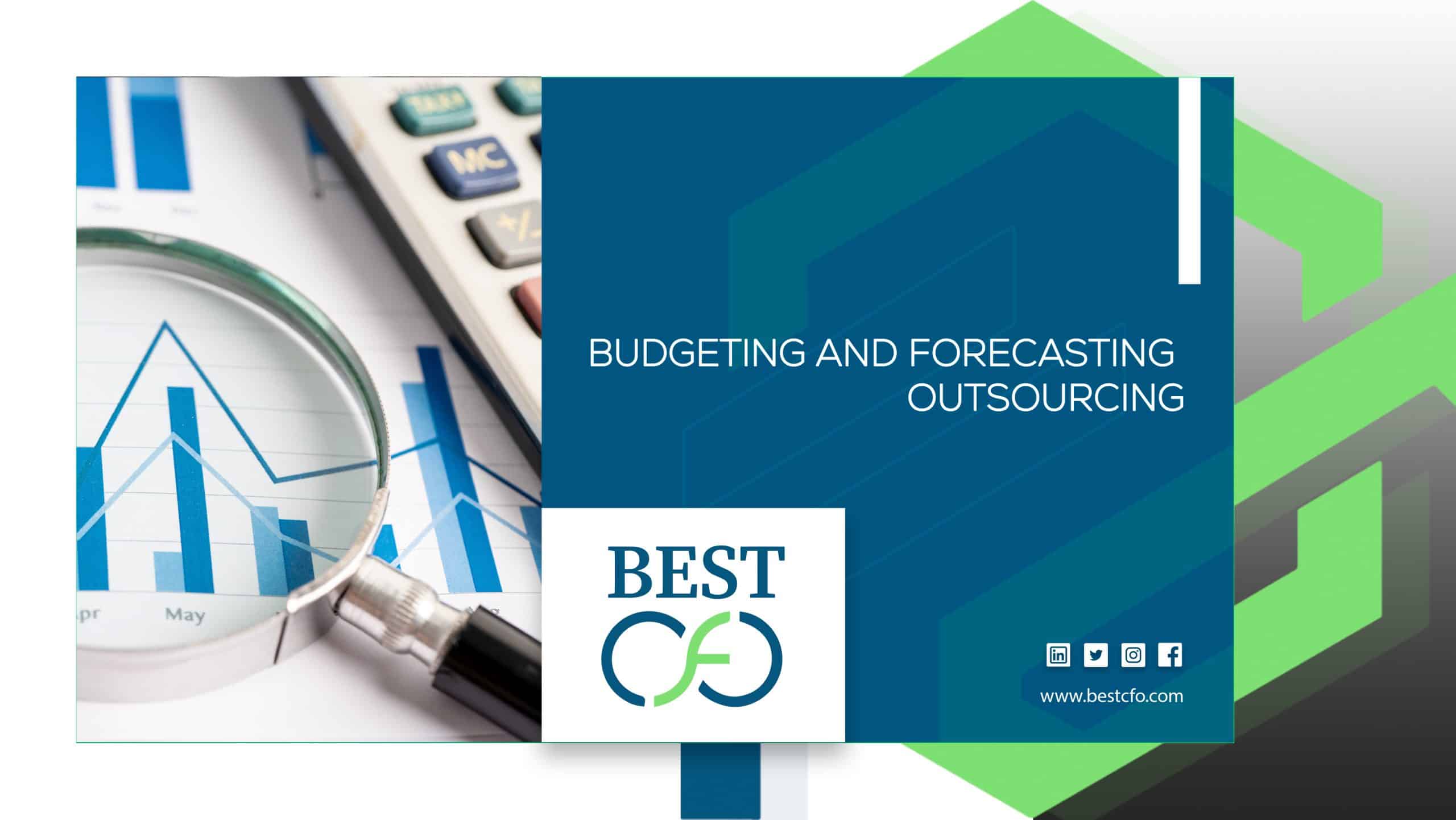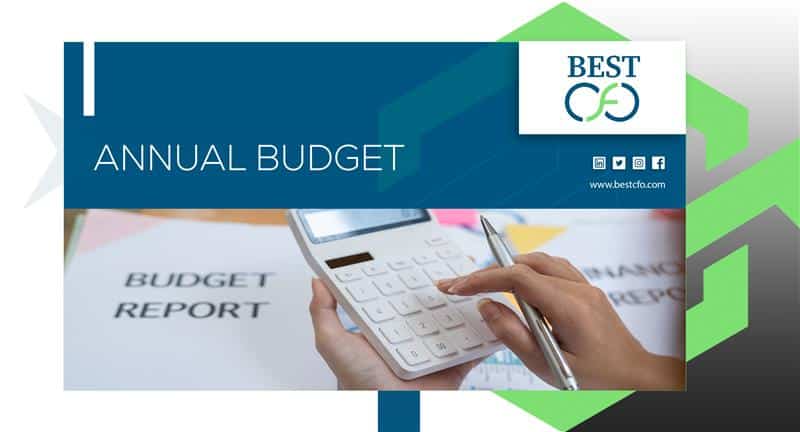
| Getting your Trinity Audio player ready... |
How To Prepare Annual Budget For A Company: An Ultimate Guide
When it comes to running a successful company, planning ahead is everything. One of the best tools for doing that is the Annual Budget. Think of it like your company’s financial GPS. It shows where you’re going, how to get there, and what roadblocks to expect. Whether you’re managing a small startup or a large enterprise, building a solid budget can help you stay on track and reach your goals with confidence.
In this guide, we’ll walk through everything you need to know about creating a strong annual budget — in plain language — so you can lead your team and business toward a better financial future.
Why Your Company Needs an Annual Budget
Before we dive into the “how,” let’s talk about the “why.” A well-prepared annual budget gives your business a clear direction. It’s more than just numbers on a spreadsheet — it’s a blueprint for smart decision-making.
Here’s what a solid budget can do for you:
- Better Financial Control: Know exactly where your money is going.
- Clear Goal Setting: Set targets that match your business dreams.
- Smarter Resource Use: Avoid waste and invest where it counts.
- Track Progress: Compare your actual results to what you planned.
It’s a smart move that can boost your chances of success year after year.
Who Should Be Involved?
Budgeting isn’t a one-person job. A good budget needs input from key players across the company:
- Finance Team: They crunch the numbers and create the base plan.
- Department Heads: They provide insights on expected needs and projects.
- Executives: They guide the budget based on the company’s long-term vision.
Everyone’s input matters. When teams collaborate, the budget becomes more accurate and useful.
What is an Annual Budget?
An Annual Budget is a financial plan that outlines a company’s income and expenses over a 12-month period. It helps businesses forecast earnings, plan spending, and manage cash flow.
Budget vs. Forecast vs. Financial Plan
- Budget: A fixed plan for the year ahead.
- Forecast: A regularly updated guess based on current trends.
- Financial Plan: A long-term strategy for 3–5 years into the future.
While these are related, your annual budget is your day-to-day guide.
Types of Budgets
There isn’t just one kind of budget. Here are a few you might need:
- Operating Budget: Covers day-to-day expenses like salaries, rent, and supplies.
- Capital Budget: Focuses on big investments like equipment or property.
- Cash Flow Budget: Tracks money coming in and out, so you don’t run short.
- Master Budget: A full overview that combines all other budgets.
Depending on your company’s size and goals, you might use all of these or just a few.
Key Parts of an Annual Budget
Let’s break down what goes inside an annual budget:
- Revenue Projections: Estimate how much money the business will bring in.
- Fixed vs. Variable Costs: Fixed costs stay the same (like rent), while variable costs change (like materials or sales commissions).
- Capital Expenses: These are one-time purchases that help the business grow, like new machines or software.
- Contingency Funds: Emergency money for unexpected surprises — always a good idea!
Pre-Budget Preparation
1. Review Past Financial Performance
Start by looking back. Compare last year’s budget with what really happened. Did you overspend? Did revenue meet expectations? Look for patterns, both good and bad.
2. Set Clear Financial Goals
Now look forward. What does your company want to achieve this year?
- Do you want to grow?
- Cut costs?
- Expand into a new market?
Set SMART goals (Specific, Measurable, Achievable, Relevant, Time-bound) that guide your budget choices.
3. Gather Data and Tools
You can’t build a budget without the right info. Collect:
- Financial Statements (like your Profit & Loss report)
- Department Feedback (ask sales, HR, and operations what they expect)
- Budgeting Tools (Excel, QuickBooks, or enterprise tools like Oracle)
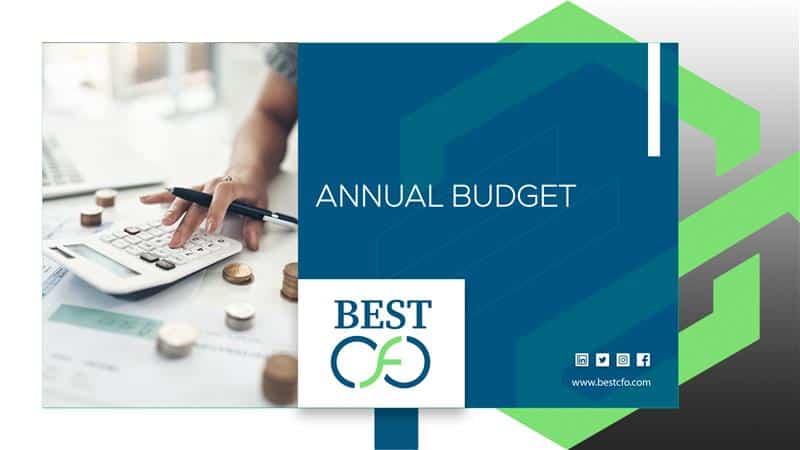
Step-by-Step Budget Preparation Process
Here is a step-by-step guide to prepare an annual budget:
Step #1: Estimate Revenue
Start with how much money you expect to earn.
- Look at last year’s sales
- Consider market trends
- Update pricing or products
Don’t guess — use data!
Step #2: Project Expenses
Next, figure out your costs:
- Fixed Costs: Rent, salaries, insurance
- Variable Costs: Advertising, shipping, supplies
- One-Time Costs: Training programs, equipment, or product launches
Step #3: Allocate Resources
Once you know what you have to spend, divide it wisely. Focus on departments or projects that drive the most value. Avoid spreading funds too thin.
Step #4: Plan for Capital Expenses (CapEx)
Plan ahead for big purchases. Things like computers, vehicles, or new office space should be listed here. Don’t forget to factor in depreciation — how these items lose value over time.
Step #5: Forecast Cash Flow
Make sure you have enough money coming in to cover what’s going out — every month. This helps you spot and avoid cash shortfalls.
Step #6: Include Contingency Planning
Life is unpredictable. Set aside 5–10% of your budget for emergencies. This is your safety net for things like rising costs, supply issues, or market dips.
Step #7: Review & Adjust
Now check everything. Does your budget match your goals? Are the numbers realistic? Get feedback from all departments and make changes if needed.
Step #8: Final Approval & Implementation
Finally, present the budget to your company’s leadership or board. Once approved, make sure every team understands their piece of the puzzle.
Best Practices for Effective Budgeting
Here are a few pro tips to keep your budget useful all year long:
- Use Rolling Forecasts: Review and update your budget every few months.
- Try Zero-Based Budgeting: Start from zero and justify each expense.
- Monitor Regularly: Check actual spending vs. planned amounts monthly.
- Work Together: Keep communication open between departments.
- Automate When You Can: Use tools or AI to cut down on errors and save time.
Common Budgeting Mistakes to Avoid
Even experienced teams can slip up. Watch out for these common budgeting mistakes:
- Too Much Optimism: Don’t assume sales will magically increase.
- Missing Hidden Costs: Small expenses can add up fast.
- Forgetting Market Shifts: Stay updated on industry changes.
- Leaving Out Key Voices: Every team should have a say.
- “Set and Forget” Approach: Update your budget as things change.
Conclusion
Creating an Annual Budget doesn’t have to be scary. With the right steps, smart planning, and a little teamwork, you can build a budget that helps your company grow, handle challenges, and stay focused on what matters most.
And if you’re looking to take your company’s financial planning to the next level, consider working with the Best CFO talent you can find — because smart leadership makes all the difference.
FAQs
1: How often should I update my annual budget?
At least once per quarter. Regular check-ins help you stay flexible.
2: What’s the biggest mistake companies make with budgeting?
Overestimating revenue and underestimating expenses. Be realistic.
3: Do I need special software to create a budget?
Not always. Tools like Excel can work, but budgeting software helps with accuracy and tracking.
4: Is contingency planning really necessary?
Yes! Unexpected costs can hit hard. A backup plan is always smart.
5: What if departments argue over budget cuts or increases?
Use data to drive decisions and stay aligned with business goals.
Related Posts
Master Your Budget: The Types Of Operating Expenses to Watch
How to Improve Your Bad Debt to Equity Ratio: A Complete Guide If you’ve ever…
What Is a Good Debt To Equity Ratio: How To Calculate It?
How to Improve Your Bad Debt to Equity Ratio: A Complete Guide If you’ve ever…
What Are The Most Common Reasons Firms Fail Financially?
How To Prepare Annual Budget For A Company: An Ultimate Guide When it comes to…
Audit of Financial Statements: Guide for Business Owners
Audit of Financial Statements: Guide for Business Owners Running a business means keeping track of…
 Demos
Demos  Colors
Colors  Docs
Docs  Support
Support 




